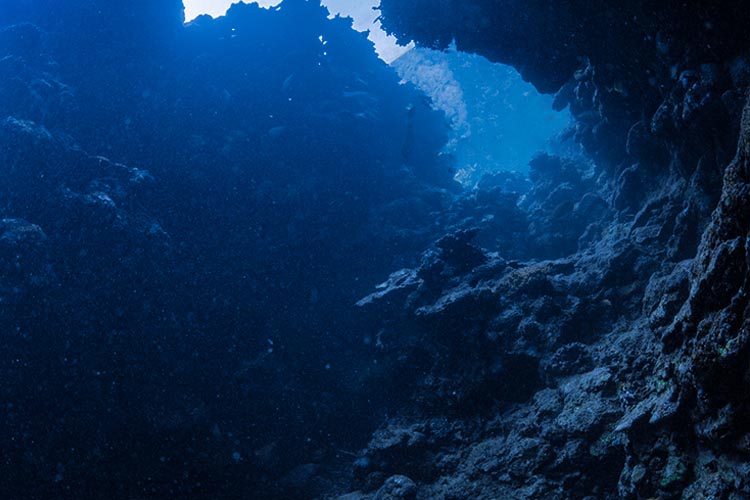
Israeli scientists have discovered a giant, six-million-year-old canyon in the Levantine basin of the eastern Mediterranean Sea
A giant 10-kilometre (6.2 mile) wide, 500-metre-deep canyon has been discovered in the eastern Mediterranean Sea, according to a recently published study by a team of Israeli scientists.
The Eratosthenes canyon – named after the nearby Eratosthenes Seamount – was discovered in the Levantine basin, one of the deepest parts of the Mediterranean with a maximum depth of almost 4,400m. It was formed during the Messinian Salinity Crisis, a period of climatic and tectonic upheaval during the late Miocene, between 5.97 to 5.33 million years ago.
During this time period, the entrance to the Mediterranean at the Strait of Gibraltar was largely closed off from the Atlantic, causing the Mediterranean Sea to almost completely dry out. leaving behind giant salt flats – up to 6km thick in places – and pockets of ‘hypersaline’ water similar to the modern Dead Sea, in which nothing could survive.
Related articles

At some point – most likely during the early part of the Salinity Crisis when the sea levels first began to fall and before the salt deposits were laid down, deep gorges – some of them hundreds of metres deep – were carved into the seafloor. The scientists theorise this was the result of gravity currents, or ‘turbidity currents’ – in which water filled with high levels of sediment cuts through the much softer sea floor, the equivalent of an underwater avalanche or landslide.
The canyons were first documented in the 1970s, and the new discovery extends a channel that was first described in 2006. Parts of the network have been dated to around 30 million years old, with some of the channels being refilled and recut throughout their history.
The scientists say the new Eratosthenes canyon, however, has no ‘pre-salt roots’, and was therefore carved during the more recent Messinian Salinity Crisis, although they do not rule out the possibility that a shallower canyon may have been present before that event.
The paper ‘Discovery of the Messinian Eratosthenes Canyon in the deep Levant Basin’ by Jimmy Moneron, Zohar Gvirtzman, Zvi Karcz and Yael Sagy is published in the journal Global and Planetary Change.


